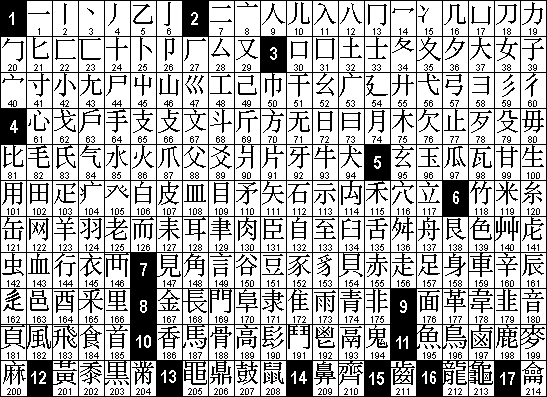《客家話大辭典》(寶安腔)網絡版簡介
《客家話大辭典》網絡版辭典係依據寶安之客家話(寶安腔)為主體,兼註客家同義詞,而大率亦適用於東莞、惠州、香港等地。附錄自D. MacIver, M.A.、1904年之「Hakka Index」所註之音,則係包括廣東之客家音。本辭典收入單字(字頭)壹萬三千四百多個,包括異體字與俗字,插圖有六十八幅。三次紙版本辭典之完成費時二十餘年。
在先面世之《客家辭典》,係 2008年9月出版於荷蘭。《客家辭典》之修訂本《惠東寶等地客家辭典》, 2012年5月亦出版於荷蘭。第三版更名為《客家話大辭典》, 2014年10月15日由天馬出版有限公司出版於香港。現在再作修訂係第四版成為網路辭典。上版注音顧及其他地區之客家音,現則完全係寶安腔,以保全其專一之特點。但大都仍然適用於東莞、惠州、香港等地,而且大多數客話本字與辭彙也可輻射至各地之客家話係因其有共通性。
以此網路辭典,冀能對推廣客家話略盡綿薄之力,在此至誠希望大家多多指教。同時希望大家共襄維護、薪傳客家話,發揚客家文化。但願客家永榮永續,氣象萬千、億萬斯年。(2020年1月)
《客家话大辞典》(宝安腔)网络版简介
《客家话大辞典》网络版辞典系依据宝安之客家话(宝安腔)为主体,兼注客家同义词,而大率亦适用于东莞、惠州、香港等地。附录自D. MacIver, M.A.、1904年之「Hakka Index」所注之音,则系包括广东之客家音。本辞典收入单字(字头)壹万三千四百多个,包括异体字与俗字,插图有六十八幅。三次纸版本辞典之完成费时二十余年。
在先面世之《客家辞典》,系 2008年9月出版于荷兰。 《客家辞典》之修订本《惠东宝等地客家辞典》, 2012年5月亦出版于荷兰。第三版更名为《客家话大辞典》, 2014年10月15日由天马出版有限公司出版于香港。现在再作修订系第四版成为网路辞典。上版注音顾及其他地区之客家音,现则完全系宝安腔,以保全其专一之特点。但大都仍然适用于东莞、惠州、香港等地,而且大多数客话本字与辞汇也可辐射至各地之客家话系因其有共通性。
以此网路辞典,冀能对推广客家话略尽绵薄之力,在此至诚希望大家多多指教。同时希望大家共襄维护、薪传客家话,发扬客家文化。但愿客家永荣永续,气象万千、亿万斯年。 (2020年1月)
《客家話大辭典》(寶安腔)
《Hakka Dictionary》 (Bao'an accent)
Introduction to the online version
The online version of 《客家話大辭典》 is based on the Hakka dialect of Bao'an (寶安, Bao'an accent). It notes Hakka synonyms that are relevant to Dongguan (東莞), Huizhou (惠州), Hong Kong (香港), and other areas. The appendix includes the sounds from D. MacIver's 1904 Hakka Index, which provides the Hakka pronunciations of Guangdong. This dictionary is organised into more than 13,400 character entries, including variant characters and vernacular forms, and is illustrated with 68 images. The completion of the three printed editions of this dictionary spanned more than twenty years. The first edition 《客家話辭典》 was published in the Netherlands in September 2008. The revised edition 《惠東寶等地客家辭典》 was also published in the Netherlands in May 2012. The third edition renamed 《客家話大辭典》 was published in Hong Kong by Tianma Publishing Co., Ltd. on October 15, 2014. The fourth revised edition is now available online.
In earlier editions, the phonetic annotations included Hakka accents from other regions, but the current version is entirely based on the Bao'an accent to preserve its unique characteristics. Despite this focus, most of the dictionary remains applicable to Dongguan (東莞), Huizhou (惠州), Hong Kong (香港) and other areas, as the majority of Hakka characters and vocabulary are widely used across these regions.
With this online dicionary, I hope to promote the Hakka language and encourage collective efforts to preserve and pass on the Hakka language and culture. My wish is for the Hakka language to flourish for many generations to come. (January 2020)

